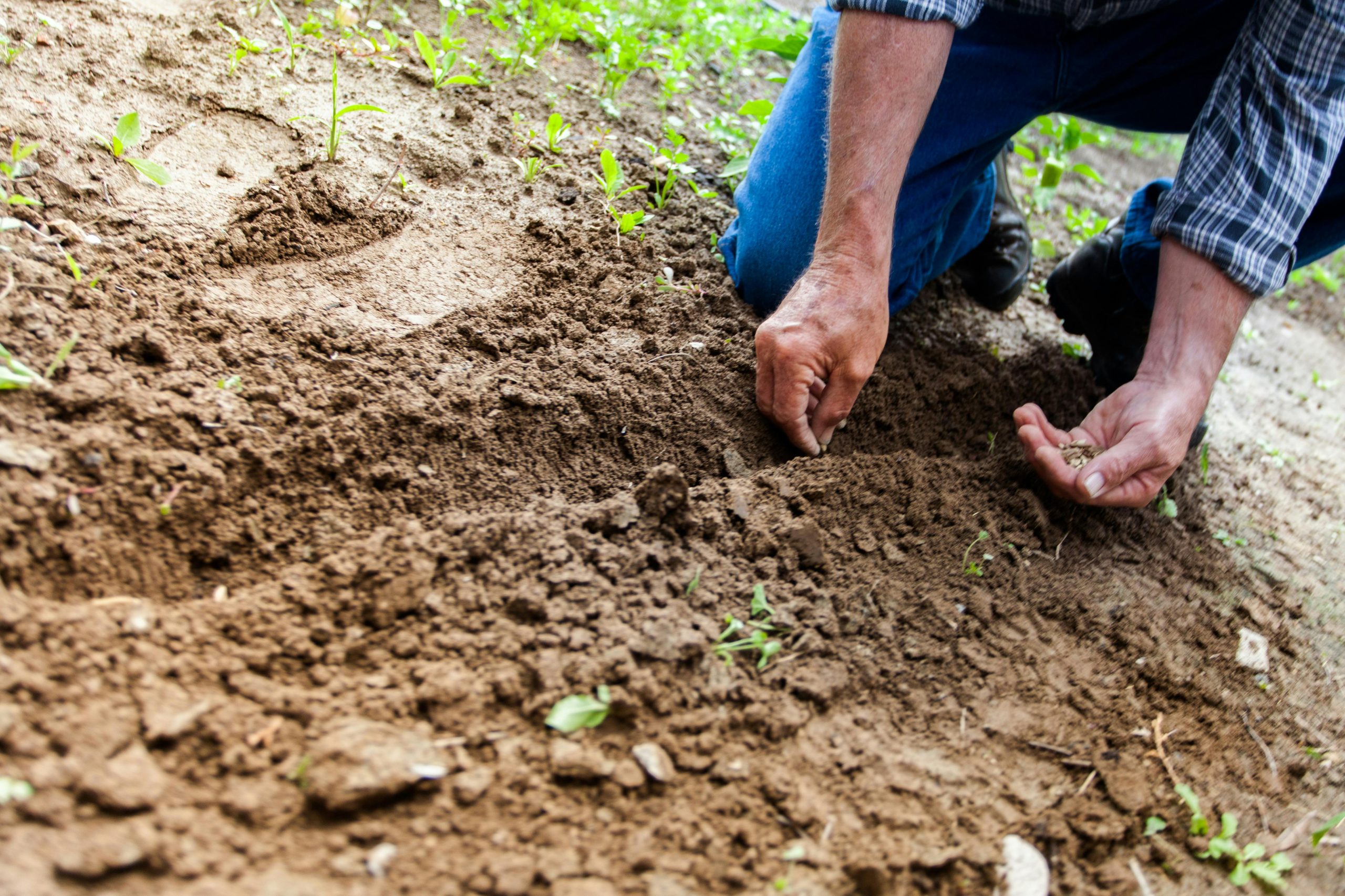
Agriculture has always been a risky business, with farmers constantly navigating uncertainties like weather, pests, and market fluctuations. These uncertainties have become even more pronounced with the growing impacts of climate change. To help farmers make better decisions in the face of uncertainty, agricultural economists are increasingly turning to a concept known as the state-contingent approach. In our recent study we take a deep dive into this method, showing how state-contingent production technology can be formulated using reduced-form econometric models of crop yields, offering a clearer view of the uncertainties farmers face.
What Is the State-Contingent Approach?
The state-contingent approach provides a conceptual framework for analyzing production decisions under uncertainty. Instead of assuming that farmers always know what will happen, this model considers a range of possible „states of nature”—various uncertain events that could affect production outcomes. By mapping different outcomes (such as varying weather patterns) to specific states of nature, researchers can better understand how farmers make decisions under uncertainty.
Traditionally, applying this approach has been challenging due to data constraints. It’s difficult to capture all the uncertain factors that could affect farming, and most available data only reflect a single, realized state of nature. For example, a dataset might show how much a farm produced in a given year, but it won’t include information about all the possible outcomes that could have occurred under different weather conditions. Bokusheva and Baráth’s study presents a solution to this problem by using reduced-form econometric models to map states of nature onto farm outputs, particularly in crop farming.
The Role of Reduced-Form Models
Reduced-form econometric models are statistical tools that help explain relationships between variables without needing to specify the underlying processes in detail. In this case, Bokusheva and Baráth use these models to link weather variations with crop yields, effectively creating a „map” of how different weather patterns affect farm outputs. By doing so, they can simulate how farmers would have responded to a variety of weather conditions across multiple years, offering a more complete picture of production uncertainty.
Their approach is especially valuable for farmers who produce multiple crops, as different crops respond differently to weather shocks. For example, a drought might severely impact one crop while leaving another relatively unaffected. By accounting for this variability, the state-contingent approach allows for more accurate predictions of farm performance under uncertain conditions.
Application to Hungarian Crop Farming
To demonstrate their method, the researchers used data from Hungarian cereal farms, focusing on maize and wheat production. Hungary, like many other countries, faces significant agricultural risks, particularly from droughts. By applying their reduced-form models, Bokusheva and Baráth were able to estimate how different weather events would impact yields and identify specific „states of nature” that capture the joint effects of various weather conditions.
This type of analysis provides valuable insights for farmers, helping them allocate resources more efficiently. For example, if a farmer knows that a particular crop is highly sensitive to drought during certain months, they can plan accordingly by planting more resilient crops or investing in irrigation during those periods.
Policy Implications: A Path Forward for Risk Management
The findings of this study have significant implications for agricultural policy and risk management. By using state-contingent production models, policymakers can develop more targeted support programs that account for the specific risks faced by different regions and crops. This could lead to more effective crop insurance schemes, subsidies for climate-resilient farming practices, and other measures aimed at helping farmers cope with uncertainty.
Additionally, this approach could help inform broader discussions about sustainable agriculture and food security. As climate change continues to reshape weather patterns and agricultural risks, it’s crucial for farmers and policymakers alike to have access to tools that can help them navigate an increasingly uncertain world.
Conclusion: Embracing Uncertainty for Better Decision-Making
The state-contingent approach, as applied by Bokusheva and Baráth, offers a powerful tool for understanding and managing uncertainty in agriculture. By leveraging reduced-form econometric models to map states of nature onto crop yields, this method provides farmers with valuable insights into how different weather patterns will affect their production. As climate change continues to challenge agricultural systems, approaches like these will be essential for ensuring food security and sustainable farming practices.
For researchers, farmers, and policymakers, embracing uncertainty is not only necessary—it’s the key to making more informed and resilient decisions in the face of a changing climate.
Bokusheva, R., & Baráth, L. (2024). State‐contingent production technology formulation: Identifying states of nature using reduced‐form econometric models of crop yield. American Journal of Agricultural Economics, 106(2), 805-827. https://doi.org/10.1111/ajae.12424


